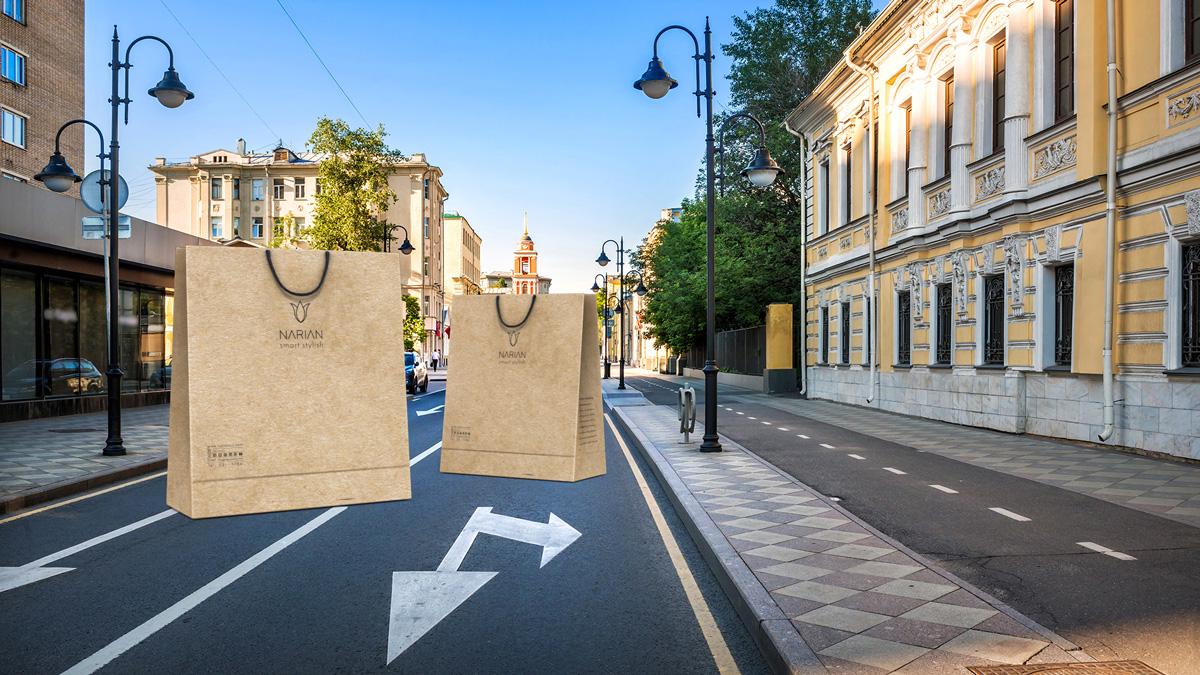
CGI video has emerged as one of the most exciting and talked-about advertising techniques in recent times.
With the growing popularity of video content, CGI has quickly proven to offer numerous advantages for brands that leverage it.
In this blog, we’ll explore everything you need to know about this innovative method to help you make an informed decision. Is CGI video the right choice for your brand’s advertising strategy? Keep reading to find out.
To start, let’s begin with a clear definition of CGI video.
With over a decade of experience and a full-service, in-house studio, we blend creativity with storytelling to high-impact videos.
From animated commercials to CGI and explainer videos, we transform ideas into memorable, brand-defining content that captivates your audience and drives results.
Let’s create
What is CGI Video?
CGI (Computer-Generated Imagery) video refers to visual content created entirely through digital software, rather than being captured through traditional filming methods. This form of video is often used in films, video games, commercials, and other multimedia productions.
Essentially, CGI allows creators to build entire scenes, characters, and objects in a 3D digital environment, offering limitless possibilities for visual storytelling.
Whatch an example of CGI video ads:
Unlike traditional video production, which requires cameras and physical props, CGI production most of time is combination of 3D animation and recorded videos or some time they are entirely computer-generated.
Whether it’s creating realistic representations of real-world elements or imagining fantastical worlds, CGI provides unmatched flexibility. From epic action scenes to whimsical animations, CGI is increasingly prevalent in modern advertising, especially on social media platforms, due to its ability to capture attention and enhance engagement.
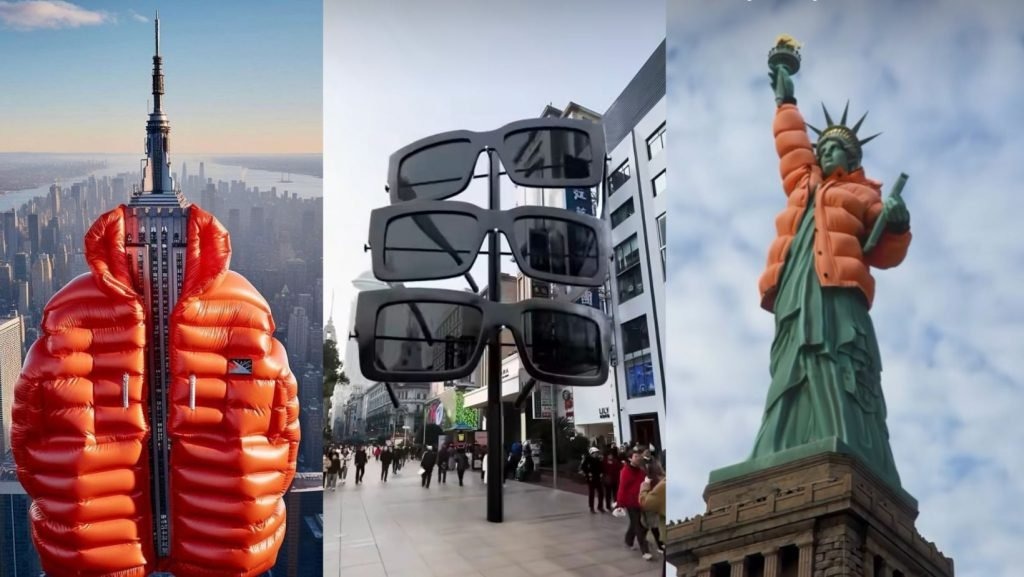
In recent years, CGI videos have gained immense popularity in the realm of viral advertising, offering a unique way for brands to connect with audiences. With the rise of social media platforms like Instagram, Facebook, and TikTok, brands are increasingly turning to CGI for creating viral content that stands out. These visually striking ads often feature imaginative scenarios or hyper-realistic graphics, making them perfect for grabbing the attention of social media users who are constantly bombarded with content.
What is the difference between VFX and CGI videos?
VFX (Visual Effects) refers to any digital effects or manipulation added to a video during post-production. It can include CGI, but it also covers other techniques like compositing, motion graphics, and the enhancement of practical effects (such as explosions or weather effects). For example, in a movie where a character is flying through the sky, the flying effect could be created with CGI, but the background, clouds, and integration of the character with the live-action footage would be handled by VFX artists. VFX combines all these elements to create a believable, immersive scene that wouldn’t be possible or practical to film in real life.
CGI (Computer-Generated Imagery), on the other hand, refers specifically to creating visual elements entirely with computers. CGI is often a part of VFX but focuses on building digital objects or environments, like 3D models, digital landscapes, or animated characters. For instance, in an animated movie like Toy Story, the characters and environments are entirely created with CGI. However, if live-action footage is involved, CGI would still be used to create digital elements like monsters, robots, or fantastical creatures, which would then be integrated into the scene using VFX techniques. So, CGI is a tool used within the broader VFX process.
Read more: VFX vs CGI: Understanding the Differences and Applications
Why CGI is Crucial for Viral Ads
CGI video production is a powerful tool for marketers, especially when it comes to creating viral ads. Why? The simple answer lies in the inherent nature of CGI—it’s captivating. In an era where consumers’ attention spans are shrinking, brands need to produce content that immediately grabs attention, and CGI does just that.
CGI videos are incredibly effective in capturing attention for several reasons:
- Visual Impact: The most obvious reason CGI is so compelling is its visual appeal. CGI allows for the creation of stunning, high-quality visuals that stand out from the ordinary. Whether it’s a lifelike human character or an impossibly beautiful landscape, CGI videos can captivate viewers by showcasing incredible detail and artistry. Such visuals are more likely to be shared across social platforms, boosting the potential for virality.
- Flexibility: Unlike traditional filming, which is limited by physical constraints, CGI offers boundless creative freedom. This means that brands can create the most elaborate and imaginative scenes, without the logistical challenges of physical production. Brands can bring their most fantastical ideas to life—be it a character flying through the sky or a product transforming into something magical.
- Appealing to Emotions: CGI is also a fantastic medium for evoking emotions. Whether through a heartwarming story, a surprising twist, or a humorous scenario, CGI ads can connect with the audience on an emotional level. Content that elicits strong emotions (laughter, awe, excitement) is more likely to be shared, thus increasing its chances of going viral.
- Storytelling Potential: CGI is ideal for storytelling. Through the use of animations, graphics, and digital environments, advertisers can craft complex narratives in ways that would be nearly impossible or cost-prohibitive with live-action video. This makes CGI ads perfect for communicating brand messages creatively, often blending entertainment with advertising.
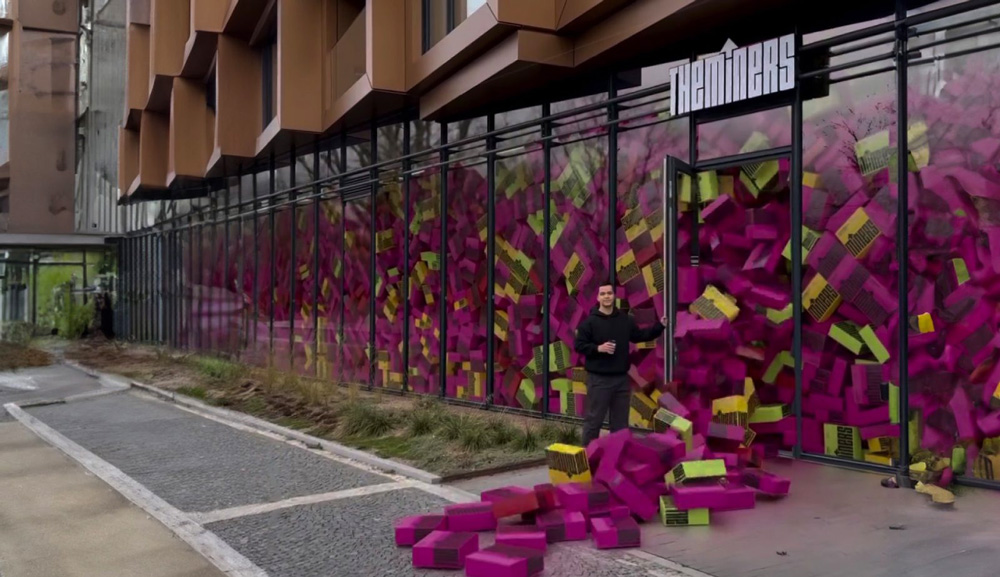
How to Make CGI Video Animations?
Creating CGI video animations is a detailed and intricate process that requires a mix of creative thinking and technical expertise. Below, we’ll walk you through the key steps involved in making CGI videos that are ready to go viral.
Step 1: Conceptualizing the CGI Video
The foundation of any CGI video lies in its concept. Before you begin the technical aspects of production, it’s crucial to spend time brainstorming and ideating the story, characters, and visuals that will form the core of the animation.
This stage involves defining the objective of the ad—are you trying to sell a product, raise brand awareness, or entertain your audience? Understanding the goal is critical as it will guide the entire production process. The concept phase also involves sketching rough storyboards, creating mood boards, and refining the visuals.

Tip: The more detailed your concept and planning, the smoother the production process will be. Having a clear vision ensures that you don’t run into creative conflicts later on.
Step 2: 3D Modeling and Asset Creation
Once the concept is finalized, the next step is to create the assets required for the CGI video. This includes modeling 3D objects, characters, and environments using specialized software such as Blender, Autodesk Maya, or Cinema 4D.
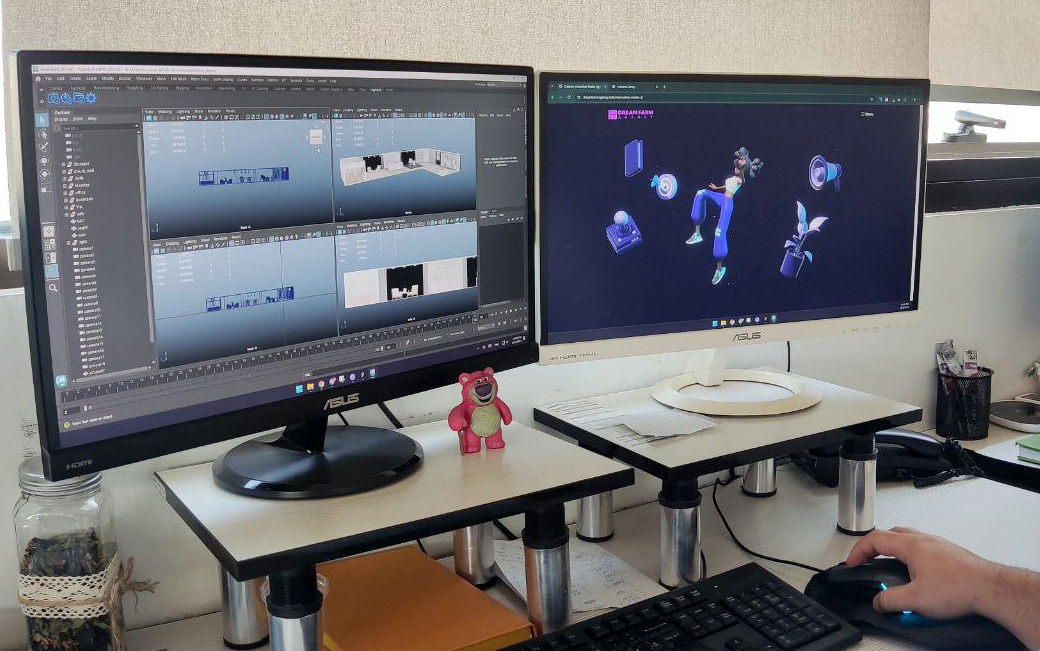
3D modeling involves building digital representations of all the elements in the video, from the main characters to background elements. These models are created in a virtual space where the artist has control over every aspect of their appearance, such as proportions, texture, and level of detail.
Tip: The key here is to build models that look good up close and from all angles. The more detailed and well-crafted the models, the better the final video will look.
Step 3: Texturing, Shading, and Materials
With the models in place, the next step is to apply textures, shading, and materials. Texturing refers to the process of applying surface details to the models, such as skin textures, clothing patterns, or materials like metal and glass. Shading helps create the illusion of light and depth, giving the model a more realistic appearance.
At this stage, artists will also choose the materials for each object—should the car in your video be made of shiny chrome or matte plastic? These choices help define the look and feel of the scene and add to the realism or stylization of the video.
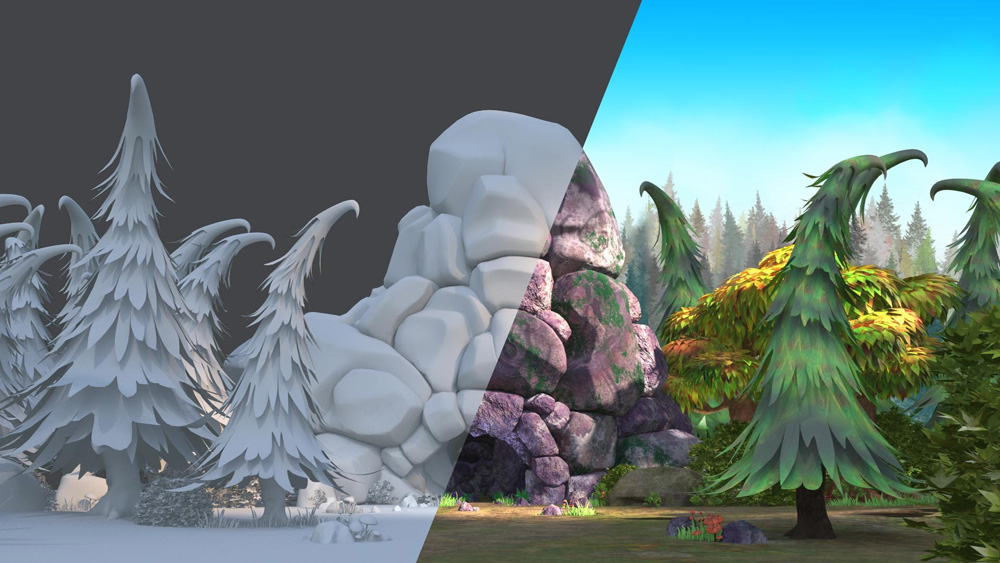
Tip: If you’re aiming for realism, pay close attention to how light interacts with different materials. This attention to detail can make a huge difference in the final result.
Step 4: Rigging and Animation
After the models and textures are set, it’s time to bring them to life. Rigging involves adding a skeleton or framework to the 3D models so that they can be animated. Once the models are rigged, animators can control their movements—whether it’s a character walking, a car driving, or an object transforming.
Animation is where the magic happens. It’s crucial to make the animations as smooth and natural as possible. This stage can be incredibly time-consuming, especially for complex scenes, but it’s also where much of the storytelling occurs. Every motion, facial expression, and interaction between elements needs to be carefully planned and executed.
Tip: Even subtle animations can have a huge impact. A character’s small smile or a product’s gentle rotation can make the ad feel more engaging and immersive.
Step 5: Rendering and Post-production
Once the animation is complete, the next step is rendering, which is the process of generating the final frames of the CGI video. Rendering involves processing the 3D models, textures, lighting, and animations into a final image or sequence of images that can be assembled into a video.
This step is highly computationally intensive and can take a significant amount of time depending on the complexity of the scene and the quality of the final output. High-quality render settings often result in better visuals but can increase the rendering time. This is why it’s essential to have a powerful computer or render farm (a network of computers) to handle this task efficiently.
Once rendering is complete, the video enters post-production. This is where the magic happens—adding effects, fine-tuning the color grading, applying sound effects and music, and ensuring everything is polished. In post-production, the CGI video is put through an editing process where the different elements of the animation are layered together, and final adjustments are made to ensure the video is cohesive and visually stunning.
Tip: Don’t overlook post-production; it’s the final touch that can turn a good CGI video into a great one. Color grading, sound design, and special effects can all contribute to making the video feel more immersive and impactful.
Key Elements of a Viral CGI Ad
Creating a viral CGI ad requires more than just technical expertise; it requires a combination of creativity, emotional resonance, and strategic thinking. Here are some of the most important elements that contribute to a CGI ad’s potential for virality:
Compelling Storytelling
Compelling storytelling is the backbone of any viral ad, and CGI videos are no exception. In fact, CGI allows for even more creative freedom when it comes to storytelling because you are not constrained by physical limitations. Whether you’re creating a fantasy world or depicting a dramatic transformation, your story should be engaging, easy to follow, and memorable.
The narrative doesn’t always have to be complex, but it should have a clear message or theme. Whether you’re telling a heartwarming story, a funny anecdote, or an action-packed adventure, it’s crucial to connect emotionally with your audience. Ads that invoke emotions—laughter, awe, empathy, or even shock—tend to get more engagement and are more likely to be shared.
Tip: Focus on the emotional journey of your story. Make sure there’s a beginning, middle, and end to the narrative, with a clear takeaway for the audience.
High-Quality Visuals
One of the most important aspects of a CGI video is the quality of the visuals. High-quality graphics are not just a luxury; they are a necessity when it comes to standing out in a crowded social media feed. People are more likely to stop scrolling if the visuals in your CGI ad are striking and realistic (or artistically impressive, depending on your brand’s style).
It’s not just about creating something beautiful—it’s about creating something that feels immersive. CGI allows you to craft hyper-realistic visuals or fantastical settings, so you should use this to your advantage to build a world that draws people in.
Tip: Keep the details in mind. The small things—such as the way light reflects off surfaces or how objects move—can make a big difference in how polished and professional your ad feels.
Engaging Music and Sound Effects
While visuals are critical, the sound design is just as important in making your CGI video memorable. A powerful soundtrack or engaging sound effects can elevate the experience, enhancing the emotional impact and helping to set the mood.
Whether you opt for an epic orchestral score, a catchy beat, or quirky sound effects, sound should complement the visuals and contribute to the overall message. For example, a suspenseful sound effect might heighten tension in a dramatic moment, while a playful tune could make the video feel lighthearted and fun.
Tip: Don’t underestimate the power of sound design. Often, the music and sound effects in a CGI video are what make it stick with viewers long after they’ve watched it.
Target Audience Relevance
A viral CGI ad won’t be effective if it doesn’t resonate with your target audience. It’s important to consider who you’re making the video for and what will appeal to them. Are you targeting young adults who enjoy humor and pop culture references? Or are you creating content for a more mature audience who values sophistication and elegance?
Your CGI video should speak directly to the preferences, values, and behaviors of your audience. Personalization and relevance are key to making the ad feel authentic and relatable, which in turn can boost its chances of being shared.
Tip: Think about what will resonate with your audience on a personal level—whether that’s humor, nostalgia, or something else—and make sure your ad is tailored accordingly.
Best Practices for Creating Viral CGI Videos
While there’s no guaranteed formula for making a video go viral, there are several best practices that can increase your chances of success.
Focus on Strong Visual Appeal
First and foremost, your CGI video must have strong visual appeal. If your video doesn’t immediately capture the attention of viewers, it’s unlikely to go viral. Invest in high-quality CGI production that will stand out, whether through photorealistic environments or stylized characters and animations.
Tip: Use vibrant colors, creative lighting, and visually interesting scenes to make your CGI ad stand out in a crowded feed.
Incorporate Humor or Surprise
Incorporating humor or surprise is one of the most effective ways to make your CGI video go viral. People love to share content that surprises them, makes them laugh, or evokes an emotional reaction. Whether through an unexpected twist in the narrative, a humorous character, or an innovative product reveal, these elements of surprise can help your video stand out.
Tip: Keep it light and fun, especially if your brand’s tone allows for it. Surprise and humor are key to increasing social sharing.
Keep It Short and Impactful
The internet is full of short-form content, and the most successful viral videos are often brief. Keep your CGI video short and to the point, ensuring it captures attention within the first few seconds. A well-crafted 30-second ad can often have more impact than a longer, more drawn-out video.
Tip: Make the first few seconds count. Get straight to the point and make it engaging right from the start.
Optimize for Social Media Platforms
Different social media platforms have varying video specifications, so it’s essential to optimize your CGI videos for the platform you’re targeting. For example, Instagram and TikTok are ideal for vertical videos, while YouTube and Facebook are better for landscape formats. Ensure your video is the right length, resolution, and format for the platform you’re using to maximize its reach.
Tip: Tailor your video to each platform’s unique requirements, and remember to include captions for users who watch videos without sound.
20 Examples of Viral CGI Ads
Here are 20 examples of CGI videos that have gone viral, showcasing the creative potential of CGI production. These examples span a range of industries, from automotive to fashion, and demonstrate how CGI can be used to create engaging and attention-grabbing content.
1. Audi Commercial T-Rex The Comeback
2. Jacquemus send giant bags racing down streets of Paris
3. UNIQLO has arrived in Mumbai!
4. Adidas – Saudi Arabia
5. THE CHAIN POUCH GLOBAL TAKEOVER
6. Nike Japan’s Air Max Day 3D Billboard
7. Our projects at Dream Farm Agency
We have produced promotional videos and social media content with CGI for numerous brands. Creating such videos is one of our services at Dream Farm Agency.
8. House of the Dragon’s, Syrax burns Sydney billboard | BINGE
9. The Miners CGI Viral Campaign Prague
@theminerscoffee New packs of coffee are rushing into your hands! 🤪 Starting today Monday, February 5, we’re delivering fresh packs of coffee straight to your door for just 49 Kč in the Czech Republic and €2.95 in Spain. Hurry up! This deal is available until March 1, so make sure you don’t miss out. And.. have a nice cup of coffee! ☕❤️
10. L’Oréal Group
View this post on Instagram
These 10 viral CGI ads illustrate the versatility of CGI in advertising, from powerful narratives to visually spectacular imagery. Each of these ads incorporates the key elements of great CGI production, ensuring they resonate with viewers and encourage sharing.
How Much Does CGI Video Creation Cost?
The cost of creating a CGI video can vary widely based on several factors, including complexity, length, production team size, and whether you’re going the DIY route or hiring professionals. Here’s a breakdown of the key factors that influence CGI video production costs:
Factors That Affect CGI Video Costs
- Complexity of the Project
The more detailed and complex your CGI video is, the higher the cost will be. For example, a simple animated product ad will be less expensive than a full 3D animated scene with complex visual effects, characters, and environments. - Length of the Video
Longer videos generally cost more to produce, as they require more assets, more rendering time, and more hours of work from the animation team. - Team Size and Expertise
A larger team with more specialized skills (modelers, animators, texture artists, compositors) will increase the cost of the video. If you’re hiring a full-service studio with industry professionals, the price tag will be higher compared to working with freelancers or smaller teams. - Level of Realism
CGI videos that aim for hyper-realistic visuals (e.g., detailed human characters, photorealistic lighting) will be more expensive to create than stylized or cartoon-like animations. - Music and Sound Effects
High-quality music and sound design can also add to the cost of CGI video production. Licensing music, hiring a composer, and adding intricate sound effects all contribute to the budget.
Cost Breakdown: DIY vs. Professional Production
DIY CGI Video:
If you opt for a DIY solution, software like Blender or Cinema 4D can be used to create CGI videos at little to no cost. However, you’ll need to invest a significant amount of time learning the software, and the final product may lack the polish of a professional ad.
Professional CGI Production:
Hiring a professional studio will typically cost more but can result in a much higher-quality video. Rates vary, but a simple CGI video might cost between $1,000 and $10,000. If you lack the necessary resources and software for making CGI-generated ads or if you consider hiring experts in your small firm illogical, Dream Farm Agency will gladly do the job for you.
Explore our track record of previous jobs for well-established brands that trust us. If our high-quality work convinces you, please do not hesitate to contact us to discuss further details.
Tools and Software for CGI Video Creation
Whether you’re a beginner or a seasoned professional, the right software is essential to creating a high-quality CGI video. Here’s an overview of some of the best tools available for CGI production:
Best CGI Software for Beginners
- Blender
Blender is a free, open-source CGI software that offers a comprehensive suite of tools for modeling, animation, rendering, and post-production. While it can be challenging to learn, it’s a great starting point for beginners on a budget. - Cinema 4D
Known for its intuitive interface, Cinema 4D is an excellent option for beginners. It’s particularly popular for motion graphics and animation, and its integration with other Adobe software makes it a great choice for those just getting started in CGI production.
Professional Tools for Advanced CGI Production
- Autodesk Maya
Maya is an industry-standard tool used by professionals for 3D modeling, animation, and rendering. It’s known for its versatility and advanced features, making it ideal for high-end CGI video production. - Houdini
Houdini is a powerful software used for creating complex simulations, visual effects, and procedural animations. It’s widely used in film and game production and is known for its high-level capabilities in generating stunning visual effects.
Conclusion
CGI video in marketing is a powerful tool to create viral, eye-catching ads that resonate with their audience. By mastering the process—from concept and modeling to rendering and post-production—you can create compelling, shareable content that drives engagement and brand awareness. As CGI technology continues to evolve, the possibilities for creativity are limitless, and it’s only going to get easier to produce high-quality videos that captivate audiences across the globe.
If you’re ready to start creating your own CGI videos, consider using the best software tools, working with a professional team, and ensuring that your video incorporates the key elements of great viral content—engaging storytelling, stunning visuals, and effective sound design. With the right approach, your CGI video could be the next viral sensation!

HosseinDigital Marketing Expert
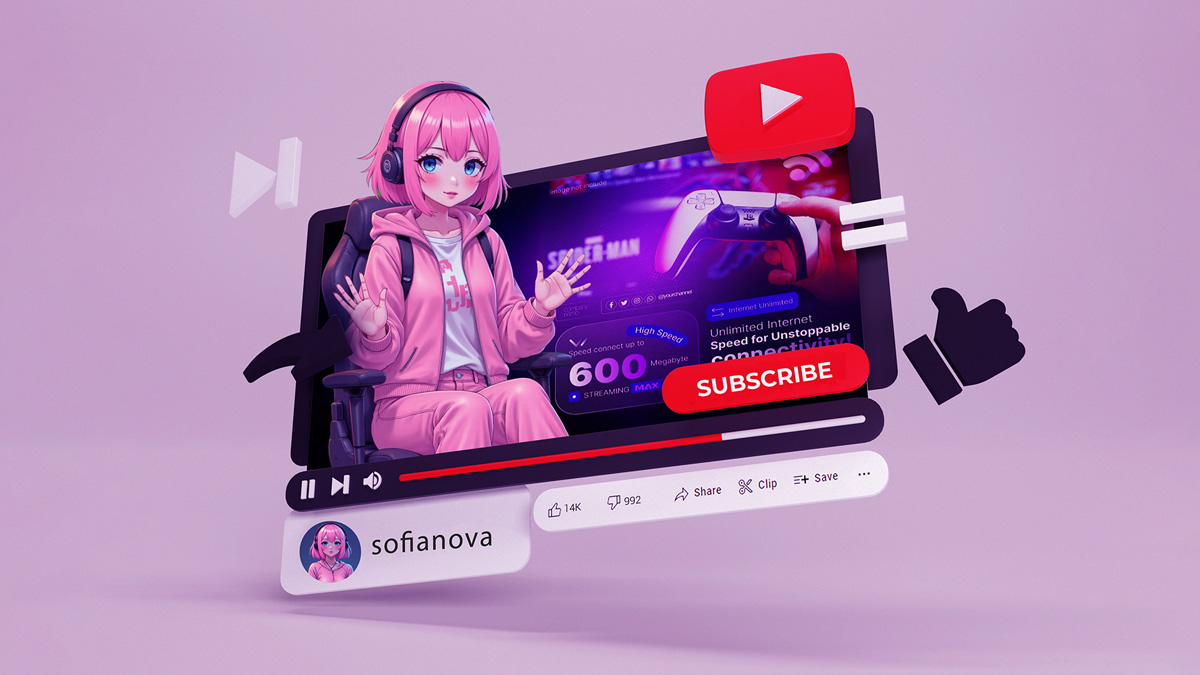

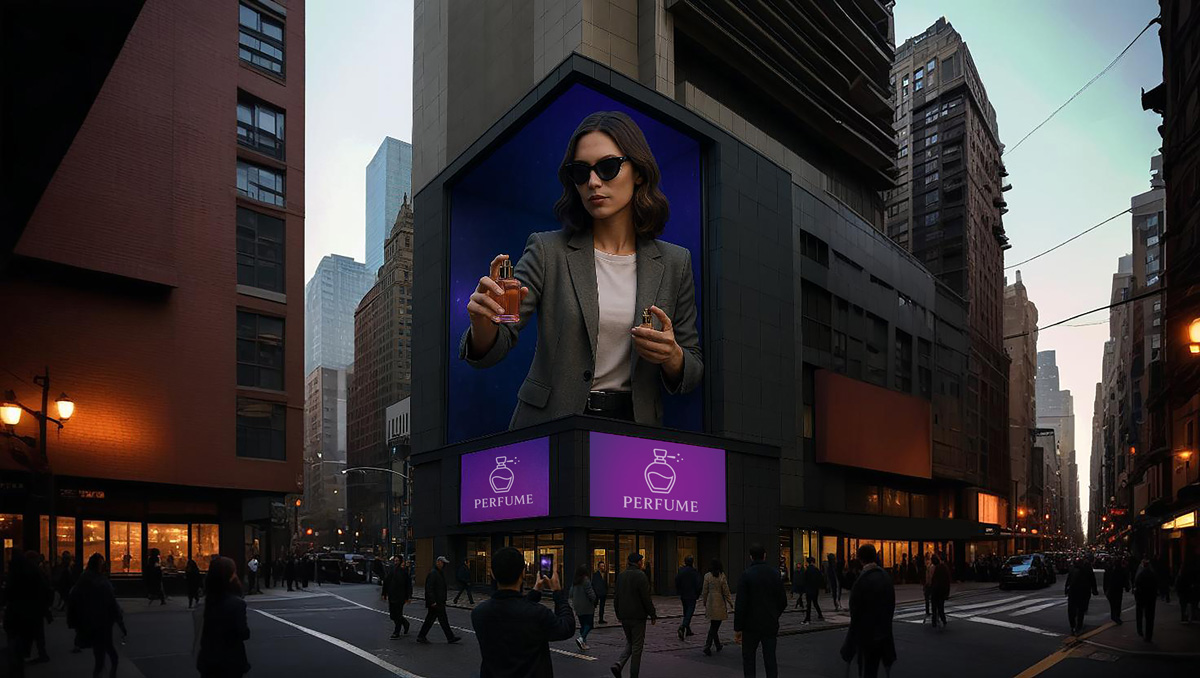
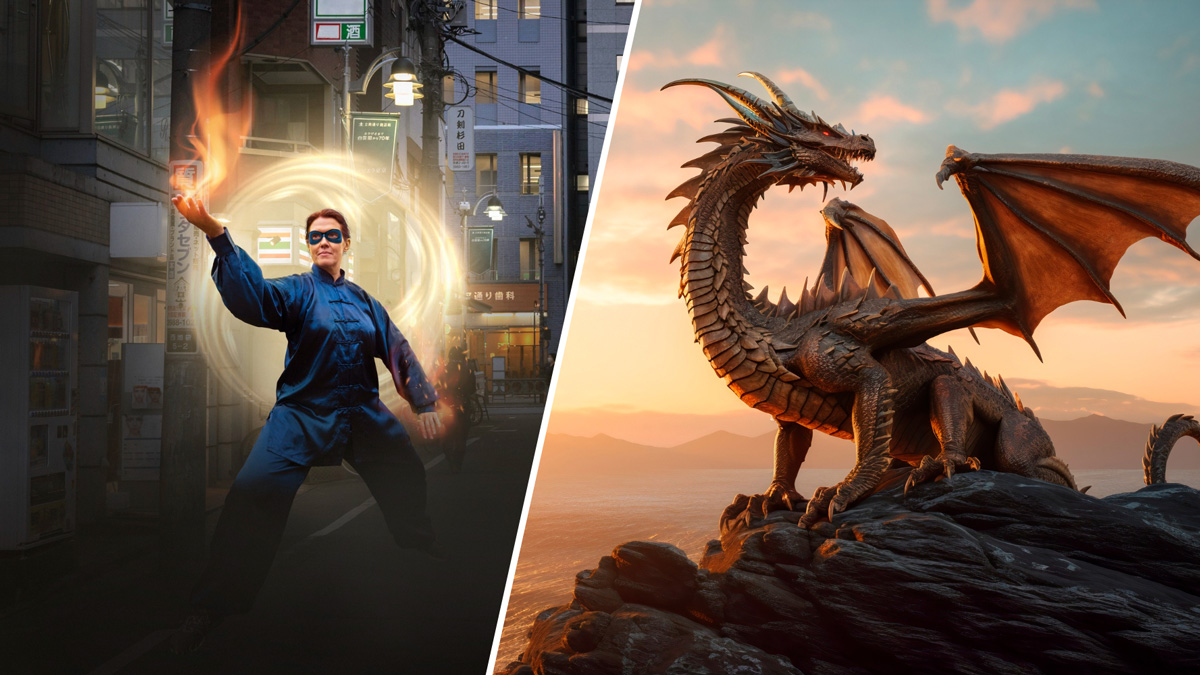
I need to learn CGI from beginner
this is very helpful option I like it too much thank you at the give opportunity guys